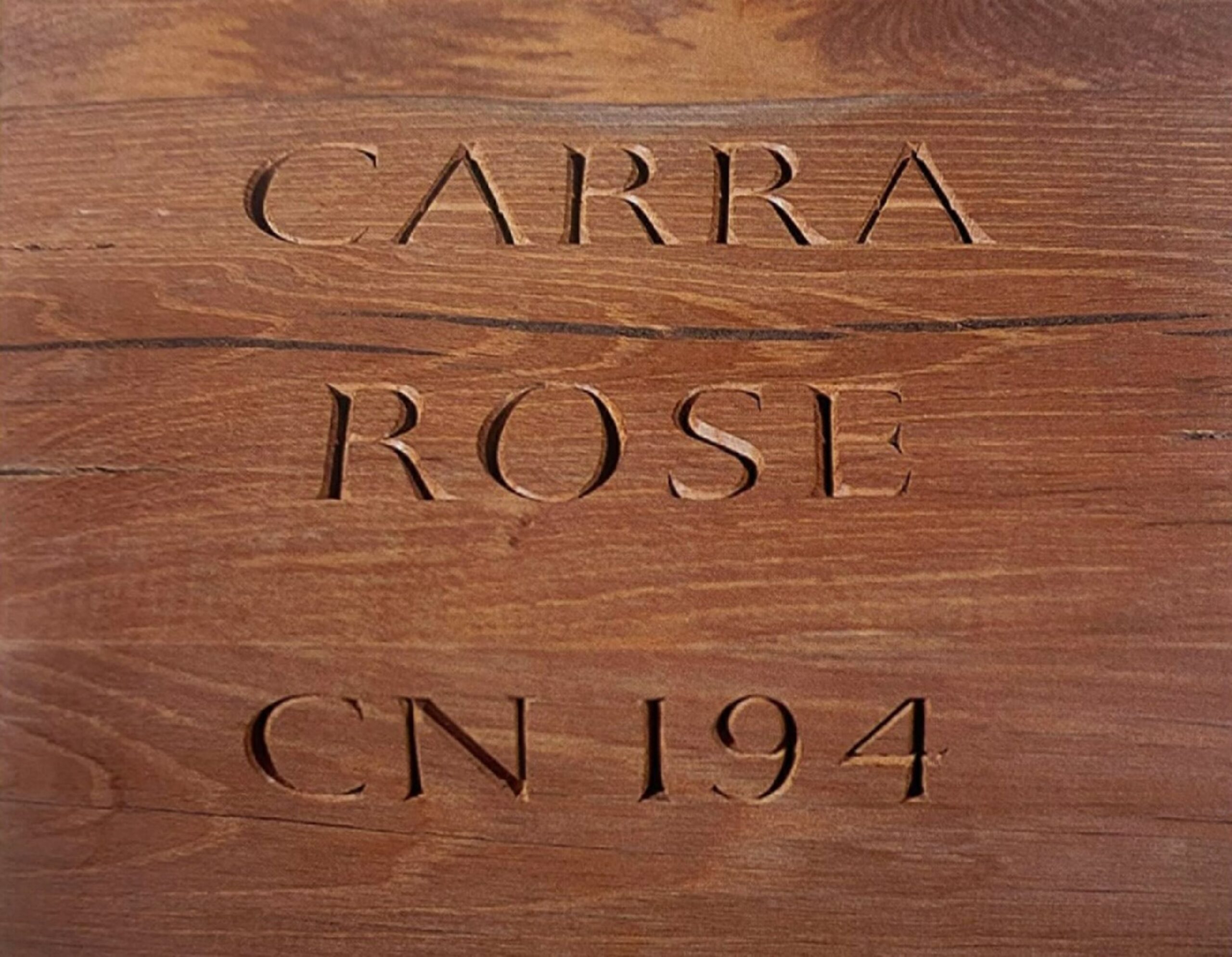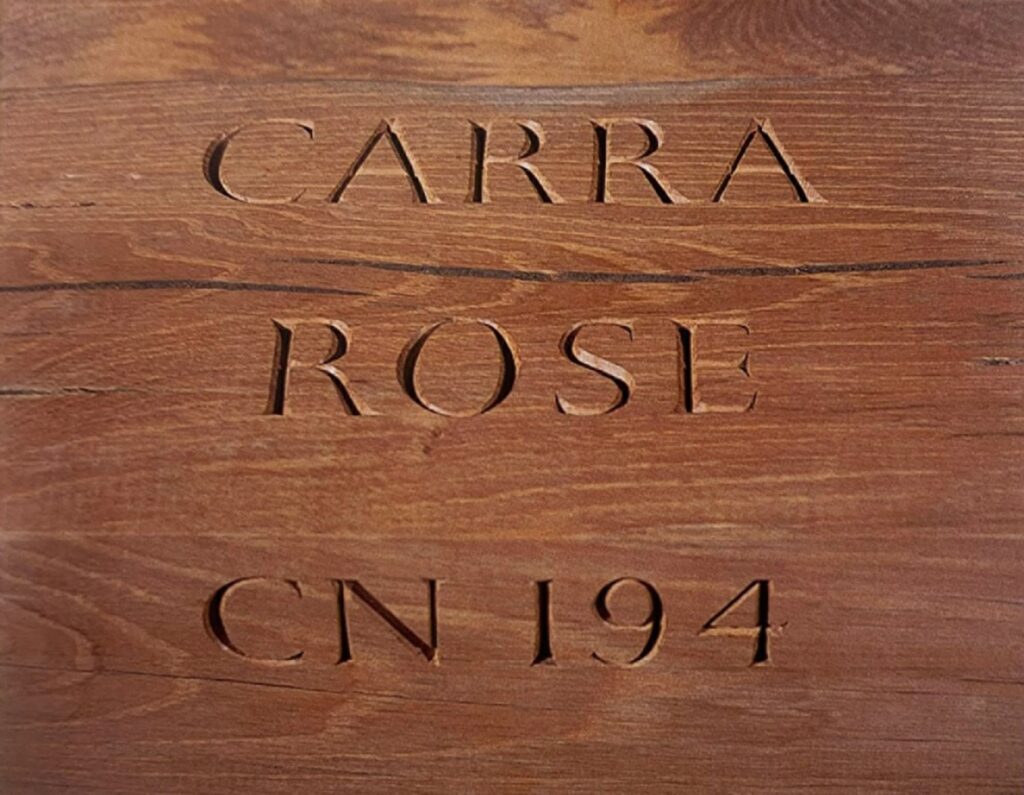Jörg Immendorff


Past exhibition
Jörg Immendorff
About the Artist
Jörg Immendorff (1945-2007) was born in Germany at the cessation of WWII. Growing up in post-war Germany with the social and ideological tensions of the era, Immendorff was hyper-aware of his role as an artist in society. He successfully moved between a number of changing roles—from performer, fluxus artist, political activist, and counter-academician to bohemian, club owner, curator, and painter. Self-expressionistic and individualistic art was condemned by the German authorities who favored a romantic aesthetic non-threatening to their nationalist agenda. Immendorff’s work is imbued with countless symbols and references, from his early LIDL work (see below), performances, activities, throughout his career to his most recent paintings.
The work he made in the 60s, when he was a student of Joseph Beuys (1964–70), is politically charged and addresses the social crises and chaotic absurdity taking place in a split Germany. During this time Immendorff performed numerous “happenings” and political demonstrations. He incorporated painting into these events, which he used as a prop or social instrument. This early work is populated with infantile images, which he claimed symbolized his nonconformist aversion to the deadlocked art scene. His colored, inflated, oversized, comic-like babies used in his performances, sculptures, and paintings suggest the revolutionary potential of self-indulgent regression as a counter to social repression. He also populated this early work with images of animals: polar bears, turtles, bees, and a dog—the LIDL-Hund. He termed this body of work, executed between 1968 and 1970, LIDL, a nonsensical word that Immendorff equates with the sound of a baby’s rattle, and which he used to ridicule elitist art traditions, the cult of creative genius, and the precious aesthetic object.
During the 70s Immendorff’s work continued to be overtly political, and saw the beginning of a struggle to reconcile his love for painting and his political loyalties to German society. His “Mao” series debates the political effectiveness (or not) of painting. In one painting where he writes “Kann mann damit etwas verändern?” (Can one change anything with these?), he portrays one man (Immendorff) in three different poses holding paint, a paintbrush, and a canvas. In another he writes “Ich wollte Kunstler werden” (I wanted to become an artist) stating that “I dreamed about seeing my name in the newspapers, having a lot of shows, and naturally I intended to do something ‘new’ in art. My guideline was egoism.” His later work reflects this self-examination, and this series was the beginning of an intense inner-conflict between Immendorff as artist and Immendorff as political activist. The strict censorship laws enforced by German authorities and the peculiar disappearance of political works left Immendorff disillusioned with individual artistic freedom. He later came to the conclusion, during a period of intense self-examination and self-critique, that he could not successfully combine his political and artistic interests and his love for painting won.
With the Café Deutschland series (late 70s), and later the Café de Flore series (80s), Immendorff posited a fictional territory within which he was free to explore and portray his thoughts on his art, his country, politics, and the world in general, inspired by and at the same time in retaliation to Renato Guttoso’s Caffé Greco, which Immendorff thought was too grounded in Communist ideology. The series is peopled with both living and dead writers, philosophers, artists, politicians, friends, and enemies as well as German symbols—swastikas, eagles, flags, and emblems of East and West. He also places himself within this series, a trend he continues, echoing his personal need for publicity and devotion professed in the earlier “Mao” paintings.
In the 90’s Immendorff returned to stage design, the medium with which he first began at the Düsseldorf Art Academy, before joining Beuys’s fine art class after three semesters. He designed the stage sets and costumes for Igor Stravinsky’s opera The Rake’s Progress, which inspired a series of large canvases and drawings. The series is peopled with significant figures from Immendorff’s career (often portrayed as characters from The Rake’s Progress); Gertrude Stein, Georg Baselitz (as the Keeper), Beuys (as Trulove), Markus Lüpertz (as Nick Shadow), A.R. Penck (as Baba) and his art dealer Michael Werner (as Sellem).